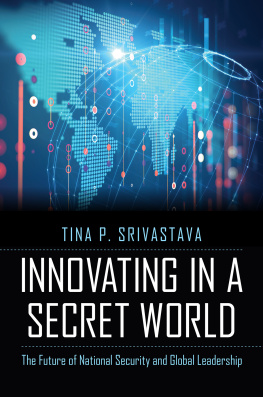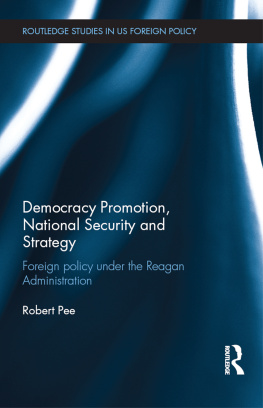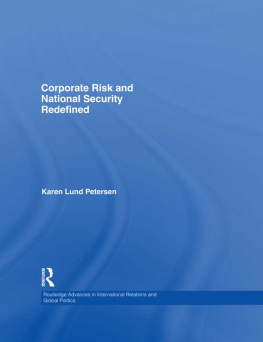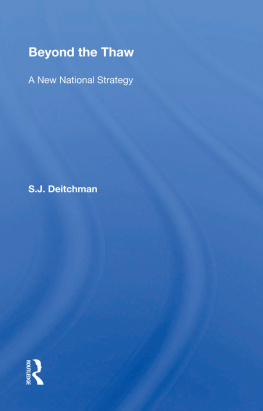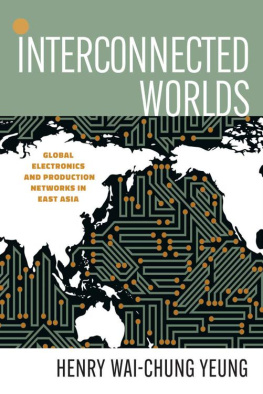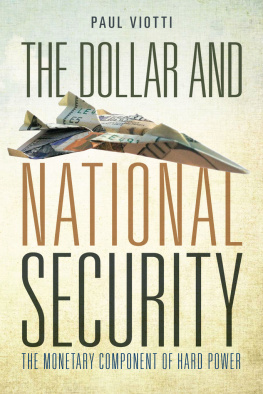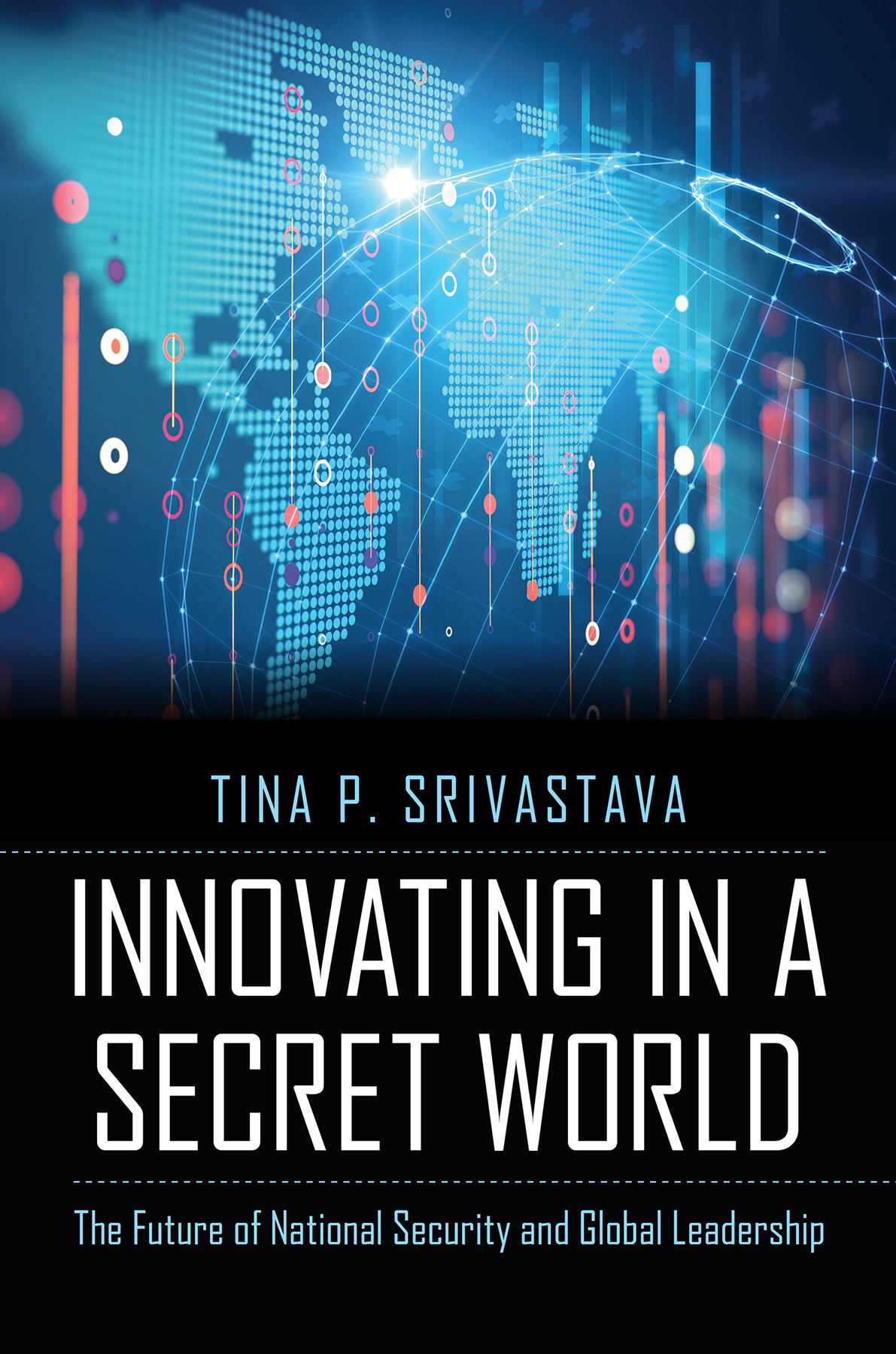
Night-vision scopes, speech-to-text algorithms, and ultra-quiet helicopters are just some of the examples of technologies critical to our national security that are discussed in this book. As the rate of innovation of commercial ventures outpaces government-funded classified R&D , we need to ask some hard questions. This book provides a fascinating and provocative perspective that is grounded in rigorous research and deep industrial experience.
Oliver L. De Weck, professor of aeronautics and astronautics and engineering systems at MIT and senior vice president for technology planning and roadmapping at Airbus
So much of the technology our modern society depends on has its roots in U.S. government-supported research, where national security and secrecy constraints are paramount. As the pace of innovation accelerates and the R&D center of gravity shifts, Srivastava gives a clear-eyed view of how to balance secrecy and innovation in the years to come.
Nathan Wiedenman, program manager of the first classified program seeking to use open innovation for the Defense Advanced Research Projects Agency
In todays United States, government-sponsored research and national security are closely intertwined. A regulatory framework that gets it right is a high-priority need. Srivastavas book is a major contribution to understanding some critical challenges facing this effort.
John Akula, senior lecturer in law at the MIT Sloan School of Management
Crowd-sourced innovation is having a transformative impact in the commercial world and has strong potential for government programs as well. This book shows the critical connection between technical innovation, the law, and government policy and should be read by all three communities.
Brent Appleby, deputy to the vice president of engineering for S&T and director of algorithms and software at Draper Laboratory
Innovating in a Secret World
The Future of National Security and Global Leadership
Tina P. Srivastava
Potomac Books
An imprint of the University of Nebraska Press
2019 by Tina P. Srivastava
Potomac Books is an imprint of the University of Nebraska Press.
Cover designed by University of Nebraska Press; cover image iStockphoto / monsitj.
All rights reserved.
Library of Congress Cataloging-in-Publication Data
Names: Srivastava, Tina P., author.
Title: Innovating in a secret world: the future of national security and global leadership / Tina P. Srivastava.
Description: Lincoln: Potomac Books, an imprint of the University of Nebraska Press, 2019. | Includes bibliographical references and index.
Identifiers: LCCN 2018056227
ISBN 9781640120860 (hardback: alk. paper)
ISBN 9781640122086 (epub)
ISBN 9781640122093 (mobi)
ISBN 9781640122109 (pdf)
Subjects: LCSH : Technology and stateUnited States. | National securityTechnological innovationsUnited States. | Intelligence serviceTechnological innovationsUnited States. | Public-private sector cooperationUnited States. | BISAC : POLITICAL SCIENCE / Government / National. | POLITICAL SCIENCE / Political Freedom & Security / International Security.
Classification: LCC T 21 . S 75 2019 | DDC 355/.033073dc23 LC record available at https://lccn.loc.gov/2018056227.
The publisher does not have any control over and does not assume any responsibility for author or third-party websites or their content.
Contents
Thank you to my friends in the military, government, industry, and academia for their valuable input, insights, and support over the course of this research.
I extend special thanks to Oli de Weck, PhD, Professor of Aeronautics and Astronautics and Engineering Systems at MIT , and chair of my doctoral committee at MIT . His guidance and support over the course of this research have been invaluable.
Also I want to thank John Akula, PhD, JD , Senior Lecturer in Law at the MIT Sloan School of Management, for his insight and thought-provoking discussions, especially with regard to the legal aspects of my research.
I am grateful to Brent Appleby, Deputy VP of Engineering for Science and Technology at Draper Laboratory, for his support, perspectives on innovating in closed environments, and feedback that improved the quality of my work.
My thanks go to Nathan Wiedenman, former DARPA Program Manager of Adaptive Vehicle Make ( AVM ), which included FANG , for his on-the-ground expertise and experience, which contributed greatly to my research.
I would like to thank Mike Sarcione, former Senior Principal Engineering Fellow at Raytheon. He is recognized by government and industry as a world expert on radar. It has been my privilege to work alongside him, and I value his continued mentorship.
Thank you also to Tom Swanson, Abby Stryker, and the whole Potomac team.
I am grateful to my loving husband and my family, whose unwavering support and encouragement made this possible.
Finally, you the reader should be thankful to Scott Cooper, my editor, without whom this book would be much longer and still a work in progress.
Maintaining a Technological Edge for National Security
On May 2, 2011, U.S. Navy SEAL operators killed Osama bin Laden, founder of al-Qaeda and mastermind of the terrorist attacks of September 11, 2001. Headlines highlighted the cutting-edge technology that was critical to the success of their mission:
Osama bin Ladens Death Reveals the Value of State-of-the-Art Technology
Venture Beat
Attack on Bin Laden Used Stealthy Helicopter That Had Been a Secret
New York Times
New Details Emerge On The Surveillance Technology Used To Hunt Osama Bin Laden
Popular Science
The SEAL s used, among other things, two stealth helicopters, infrared imaging equipment, instantaneous DNA analysis technology, and secure wireless communication channels with enough bandwidth to live-stream compressed video. Increasingly our national security depends on access to the most sophisticated and advanced technologylike that used in the bin Laden mission.
In the mid-1990s the Clinton administration described the importance of science and technology to national security when laying out Americas national security strategy: Our defense science and technology investment enables us to counter military threats and to overcome any advantages that adversaries may seek. It also expands the military options available to policymakers. and scientific, the importance of military leadership cannot be ignored. Our allies also depend on American military strength.
That strength requires a foundation of technological superiority. The Clinton administration further recognized the importance of technological superiority: Technological superiority underpins our national military strategy, allowing us to field the most potent military forces by making best use of our resources, both economic and human. It is essential for the United States to maintain superiority in those technologies of critical importance to our security.
Our national security depends on advancements in science and technology.
The basic premise behind this strategy is that R&D will bring forth technology innovation in the defense sector that in turn creates technological superiority that supports national security, a sequence of outcomes illustrated as follows:
R&D Technology innovationTechnological superiorityNational security
More recently, President George W. Bush and President Barack Obama also emphasized the importance of maintaining a technological edge to support national security and the interests of the American people. As the 2015 National Security Strategy states, We will safeguard our science and technology base to keep our edge in the capabilities needed to prevail against any adversary.... The United States will use military force, unilaterally if necessary, when our enduring interests demand it: when our people
Next page
